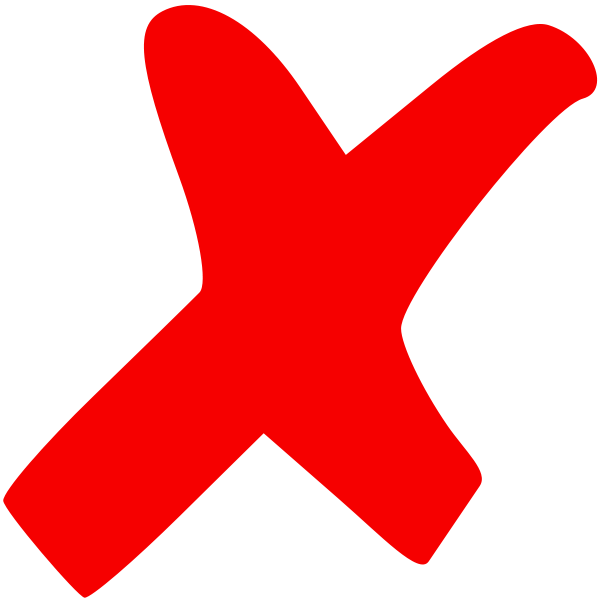Turnover
n. 1. The velocity or rate at which an ITEM is sold. How quickly or frequently the SHELF needs to be restocked. See also MARGIN. 2. The rate at which new EMPLOYEES need to be hired to replace those who leave.NOTE:
 High PRODUCT Turnover is good, because the STORE reaps more PRODUCT MARGIN, which increases profitability. Translation: They stay in business, and you keep your job.
High PRODUCT Turnover is good, because the STORE reaps more PRODUCT MARGIN, which increases profitability. Translation: They stay in business, and you keep your job.
 However, high EMPLOYEE Turnover is bad, because it incurs the expense of hiring and training someone new, and possible lost productivity overall if the departure is sudden.
However, high EMPLOYEE Turnover is bad, because it incurs the expense of hiring and training someone new, and possible lost productivity overall if the departure is sudden.
EMPLOYEE Turnover is a fact of life in the GROCERY biz, since lots of high school and college kids take it as a summer job, etc. Nevertheless, generally speaking, the STORE potentially saves money the longer an EMPLOYEE stays.
 High PRODUCT Turnover is good, because the STORE reaps more PRODUCT MARGIN, which increases profitability. Translation: They stay in business, and you keep your job.
High PRODUCT Turnover is good, because the STORE reaps more PRODUCT MARGIN, which increases profitability. Translation: They stay in business, and you keep your job. However, high EMPLOYEE Turnover is bad, because it incurs the expense of hiring and training someone new, and possible lost productivity overall if the departure is sudden.
However, high EMPLOYEE Turnover is bad, because it incurs the expense of hiring and training someone new, and possible lost productivity overall if the departure is sudden.EMPLOYEE Turnover is a fact of life in the GROCERY biz, since lots of high school and college kids take it as a summer job, etc. Nevertheless, generally speaking, the STORE potentially saves money the longer an EMPLOYEE stays.
 = Hover to color, click to enlarge.
= Hover to color, click to enlarge.
No comments:
Post a Comment